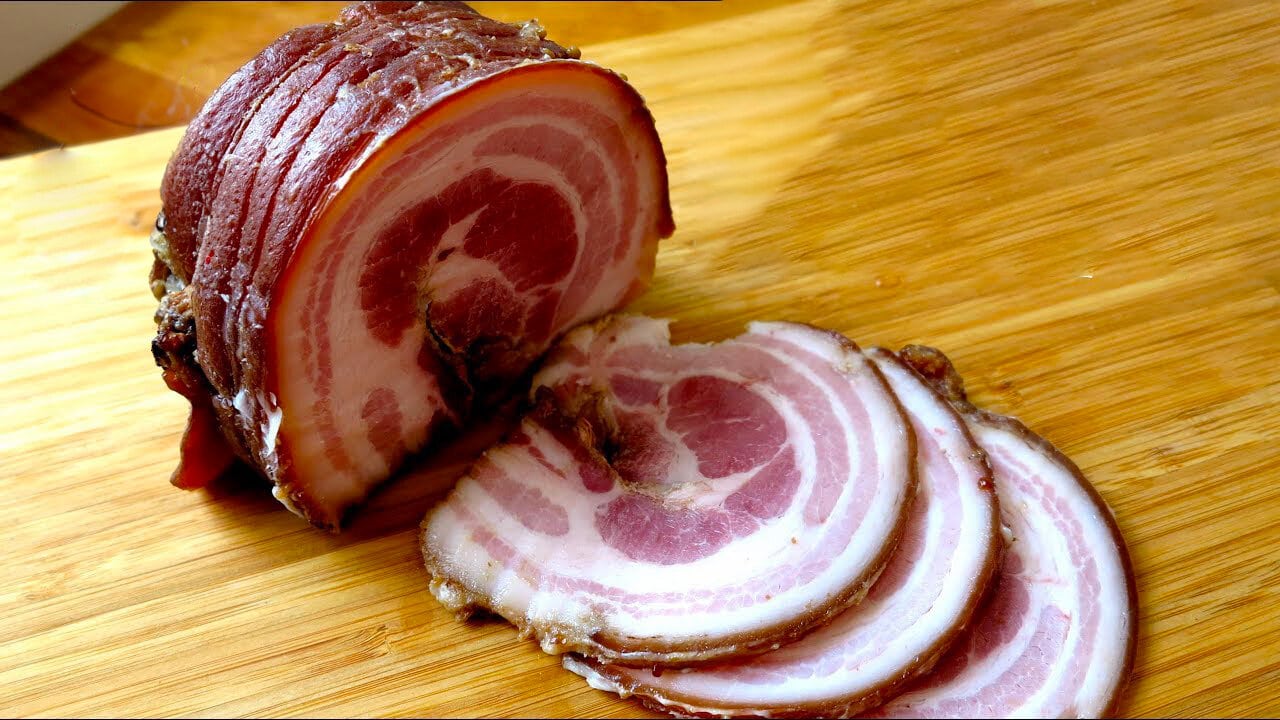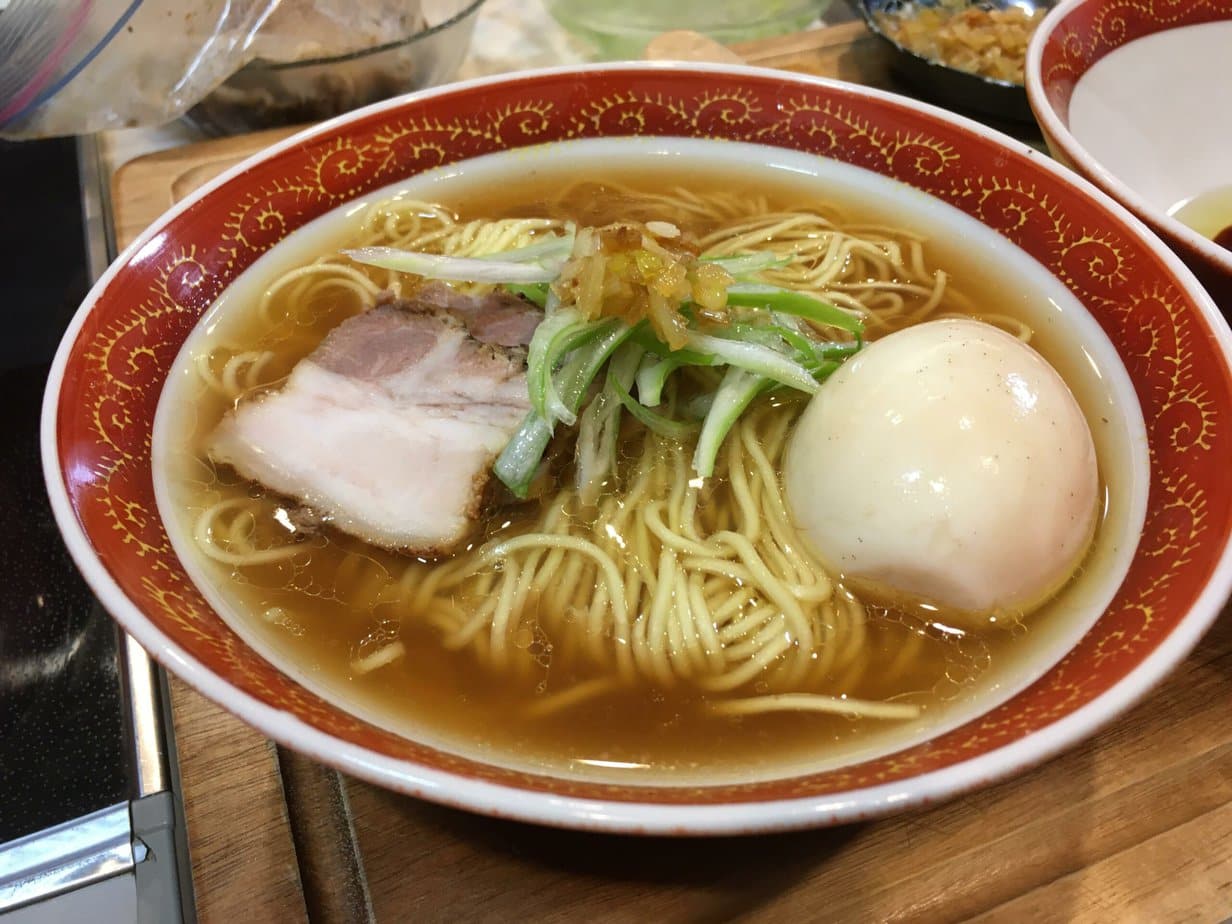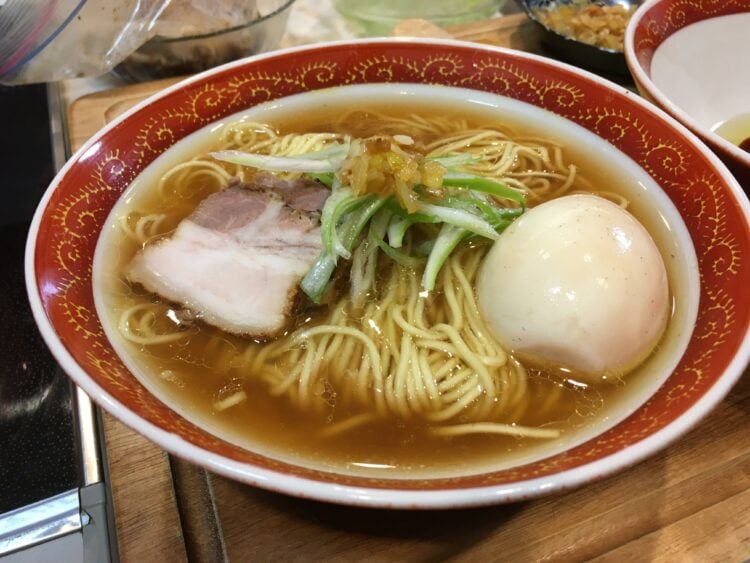Ramen is an iconic Japanese dish, often celebrated for its rich and deep broth. Among the varieties of broths, Chintan stands out for its apparent simplicity and depth of flavor.
What is Chintan broth?
Unlike its thick and cloudy counterpart, Paitan, Chintan is a clear, transparent broth, as its name suggests.
But don’t be fooled, this clarity doesn’t mean a lack of flavor. On the contrary, Chintan is a complex blend of carefully selected ingredients that give it a rich and nuanced flavor.

Particularities of Chintan broth
Preparing Chintan requires particular attention to temperature. Unlike Paitan, which is obtained by boiling at high temperature, Chintan is produced by heating at temperatures below boiling.
This method allows the fats to separate cleanly from the watery broth, giving Chintan its characteristic crystal clarity. This fat is then removed and used later as a flavored oil topping, adding another dimension to the ramen’s flavor. It can also be incorporated into a tare
Potential aromatics to add to the broth
These are usually added during the last hour of cooking.
How to cook ingredients for Ramen
Here is a generalized table showing the cooking time for each ingredient to correctly extract the gelatin

Basic protocol for a Chintan-style Ramen broth
A formal recipe using the principles described in the article is coming, but I wanted a dedicated article giving a “generalized” protocol for this type of broth

Chintan-style ramen broth
Ingredients
- Bones such as chicken backs, pork neck bones, femurs or other bones of your choice
- A certain amount of water generally, a weight equal to the bones is preferred, but you can go up to double
- Aromatic vegetables and other ingredients for more complexity
Instructions
- Immerse the bones and offal in the water.
- Heat on high until the pot starts to boil.
- Skim off the foam that rises to the surface.
- Reduce the heat to maintain a temperature below simmering (about 88°C) to preserve the clarity of the broth.
- Cook for the recommended time depending on the ingredients. (8h for beef, 6h for chicken/pork)
- In the last hour, add the aromatics.
- Strain the broth.

